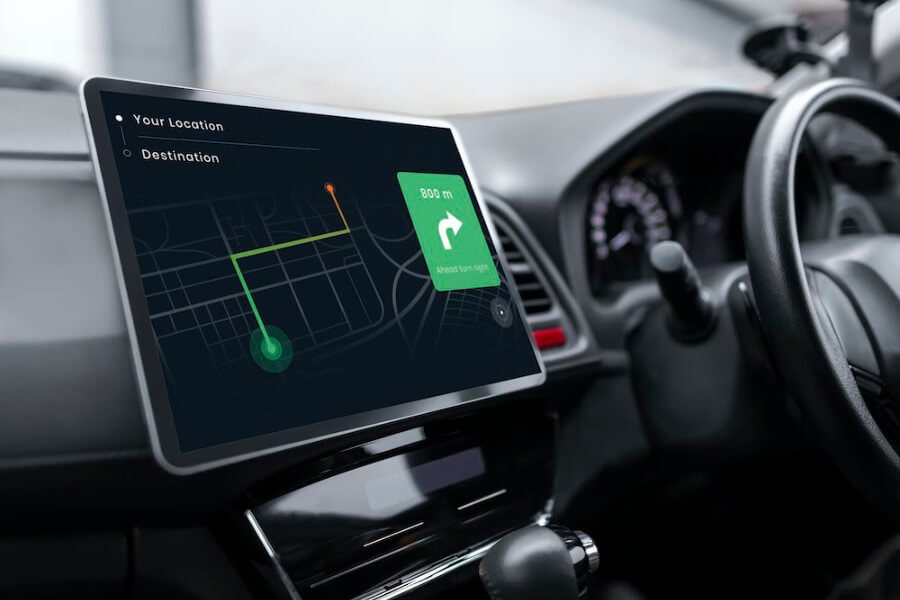Nobody truly knows what the future of transport looks like, but there are some exciting possibilities. The industry is being shaped by a shift towards electric and autonomous vehicles, new platforms for delivering mobility as a service, and ongoing advances in the design of transport infrastructure and IoT networks.
What is known with certainty is that there will always be a need for convenient, safe, cost-effective, and environmentally friendly ways to move goods and people. Therefore, road networks will continue to be critical links, even as vehicles and mobility solutions evolve.
In fact, as populations, city densities, freight loads, and congestion levels increase, the future of transport increasingly depends on finding smarter ways to leverage road infrastructure. This creates new challenges—and opportunities—for road agencies and authorities.
Road transport transformation will be driven by data
Improving how we plan, design and optimise roads for future transportation needs will hinge on the effective capture, processing, and analysis of data. Sources of road data are increasing in volume every day as vehicles and physical infrastructure becomes more ‘connected’ and vehicle/people movement is more closely tracked or directed by digital devices and platforms.
Data is being generated by traffic signals, roadside sensors and cameras, GPS, telematic systems, bluetooth and cellular signals, CCTV, location-enabled apps and platforms like Google, satellite and aerial imagery, and more.
That’s why people who manage roads or care about mobility in cities are adopting more sophisticated and integrated technologies to help them use this data to increase the efficiency and safety of roads.
For instance, netBI has helped agencies merge and analyse data sources using advanced machine learning algorithms to uncover the true productivity, resource use, and environmental costs of incidents and traffic congestion, and their causes, to inform agencies’ operations and investment decisions.

Future data use cases that should be on the radar of road authorities
Road agencies and other operators have the chance to harness intelligent systems that generate data almost continuously—and the potential benefits are great. Some other use cases for road data that we know are being explored or believe will become possible in the near future include:
- Capturing LIDAR data at traffic lights and intersections and combining this with ML techniques to detect and define objects travelling from each approach, in order to be able to communicate that information to other vehicles approaching the intersection. For example, to forewarn drivers of congested locations or traffic incidents.
- Developing real-time animations of vehicle movement and road conditions by processing and analysing real-time data feeds from hundreds of thousands of Internet of Things (IoT) devices that make up intelligent transport systems. This would enable transport operators to deftly monitor and direct vehicles and drivers to avoid issues. It would also support accurate predictions of arrival times to improve customer service or workflows.
- Solving vehicle routing problems (VRP) more effectively, by giving freight dispatchers access to interfaces that draw on real-time road conditions and historical traffic data to help them estimate travel times from the depot to any customer location and determine the optimal assignment of trucks, drivers and routes each day to ensure goods are delivered faster.
- Using historical data to calculate more accurate travel times between each point on a road network/route to inform journey planning or enhance mobility apps. Travel times could also adapt as current road conditions change, underpinned by real-time data streams.
Advanced data insights are critical to a ‘connected’ view
In a data-driven future, the quality and comprehensiveness of data warehousing platforms, data analytics and predictive tools will influence the quality of decision-making around how road networks are managed.
Systems-level thinking is critical for road authorities—and can’t be achieved without turning data from multiple sources into contextualised insights. Let’s consider, for example, another emerging use case for real-time road data: to support the uptake of automated vehicles.
In isolation, a single autonomous car needs information to calculate the best route to arrive at a destination. From a holistic point of view, if many driverless vehicles select the same ‘optimal’ route, the consequences for the entire network can be negative.
Aggregated data needs to be interpreted to help vehicles communicate between each other—and with intelligent transport systems—in order to balance traffic flow and prevent congestion.

Is your road authority ready to leverage data? Four factors to consider
Road authorities must consider whether they’re equipped to transform and understand their data before they can expect to make good decisions across a complex network. This may necessitate working with technology partners with the expertise needed to centralise data and make insights both accessible and meaningful.
As pioneers in the transformation of raw data for the improved design and management of road infrastructure, netBi has found there are four key aspects that need to be considered when developing systems to manage and apply data:
- Understand your current data stack and anticipate future needs: develop a data infrastructure roadmap that’s mindful of the need for systems to be able to effectively store increasing complex and large datasets, to avoid the pitfalls of developing an inefficient data ‘swamp’.
- Develop methodologies for understanding how raw road data ‘fits together’ and exists in context.
- Establish systems to process vast amounts of data quickly enough to be practical on a daily basis.
- Develop powerful machine learning algorithms to produce good predictions.
Different data sources have different strengths and weaknesses. Knowing how to combine, store and analyse them (and having a platform advanced enough to do so effectively at scale) is essential for achieving reliable, high-level insights that can be used to create an ideal future for the transport industry.
netBI is ideally placed to help agencies, authorities and operators responsible for managing road systems to prepare for a data-driven future. If you want to discuss your data management needs don’t hesitate to contact us.

